The Climate Lab: Schools as Satellite Field Stations (2017)
Description
The Climate Lab is a partnership of the Manomet Center, a research station in Plymouth, MA, and TERC, a non-profit institution focusing on science and math education. The video describes exploratory work over the past two years. Middle school students from around the region contribute to Manomet’s research on climate change, and use a TERC-developed curriculum to learn about climate change and its impacts on the human and natural communities of New England.
NSF Award: 1417202
Discussion
This discussion took place during the TERC Video Showcase Event Nov. 14-21, 2023. Discussion is now closed.
Share This Page:

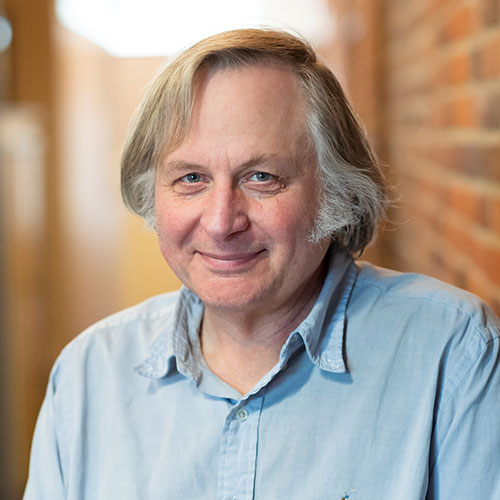
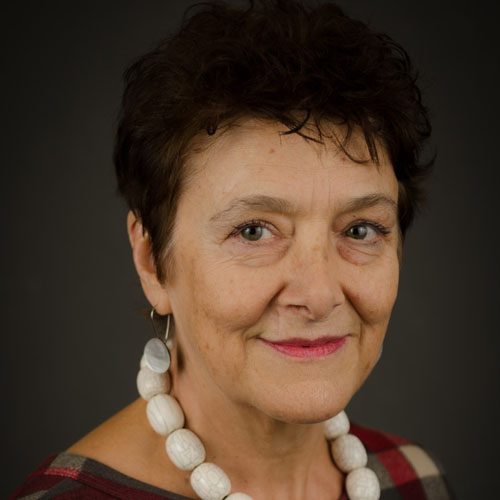
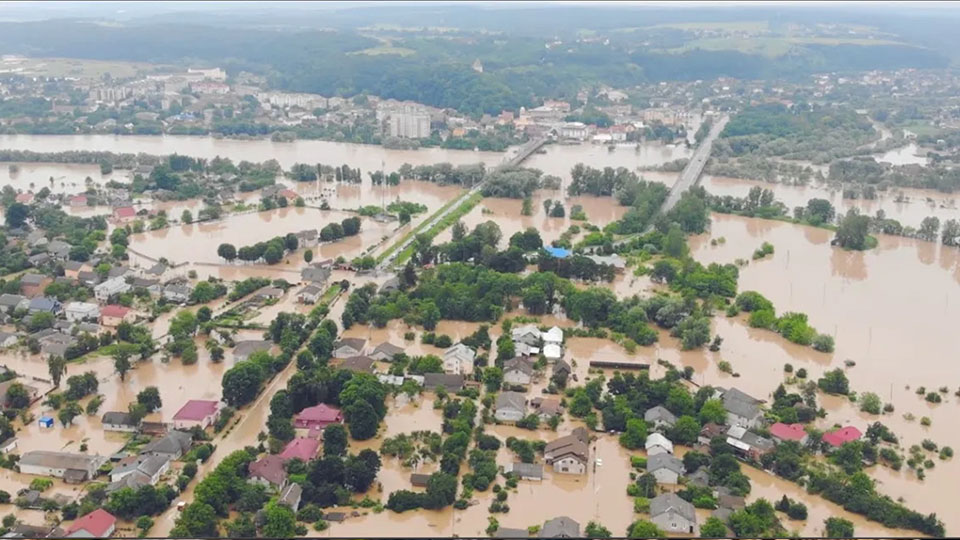
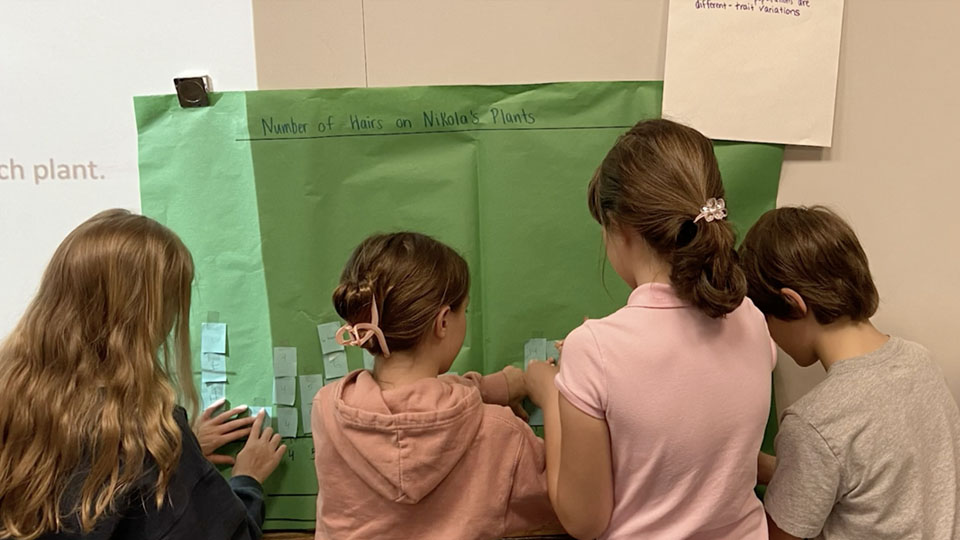
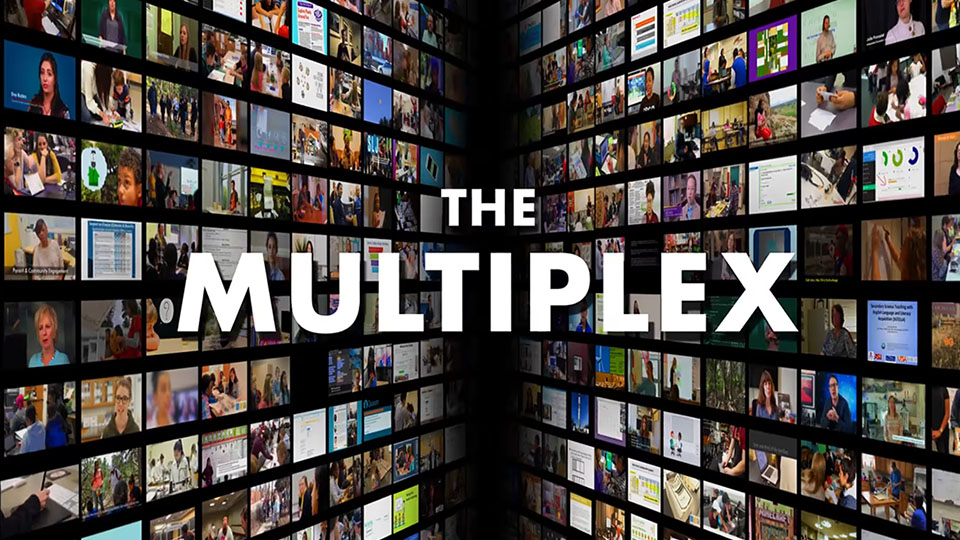

knowledge.
The collaboration with Manomet, which has collected 50+
years. of bird migration data, enabled us to design materials, activities, and protocols to engage students and teachers with the long-term work of a research station .
Teacher and students learned from its growing data sets,and contributed their own observations to research questions of current interest. The materials were designed to help both students and
teachers learn science practices that they can use to investigate their own questions. TERC’s participation in the Climate Lab grew out of the
Biosphere and Climate Initiative at TERC.
We look forward to your questions and comments!
As for your question: the scientists on the project were two ornithologists from Manomet, plus Gilly and I (both ecologists). The fact that the Manomet people had done a lot of informal teaching at the field station, while Gilly and I had both conducted research ourselves, meant that the “boundary crossing” between educator and scientist was a lot easier. But we took time to address it explicitly within our team, and to research the process. I did a “boundary object” paper, and Anushree just had an excellent paper published (she used Climate Lab as a study organism as part of her PhD work).
It also sounds like you did some important work towards spread. I really like the idea of making materials available to teachers in a variety of forms and giving them support in choosing what’s going to work best for their goals and constraints. Do you have information about how those options were used by teachers beyond Manomet and/ or after project funding formally ended?